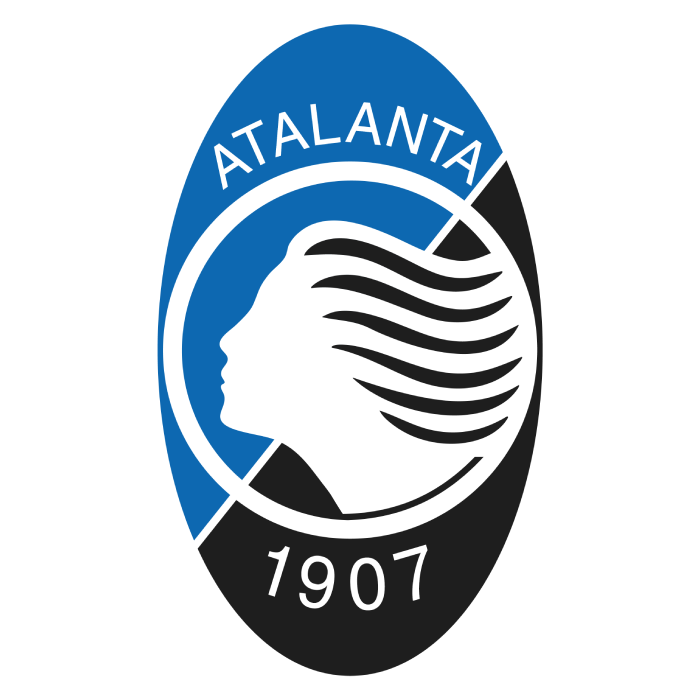-
Latest Post
-
Atalanta vs Chelsea
All Reece had to do was gently pass the ball into the net and instead went for a rocket. That was the game there.
Forums
-
Chelsea Football Club
-

- 255.8k
- posts
-
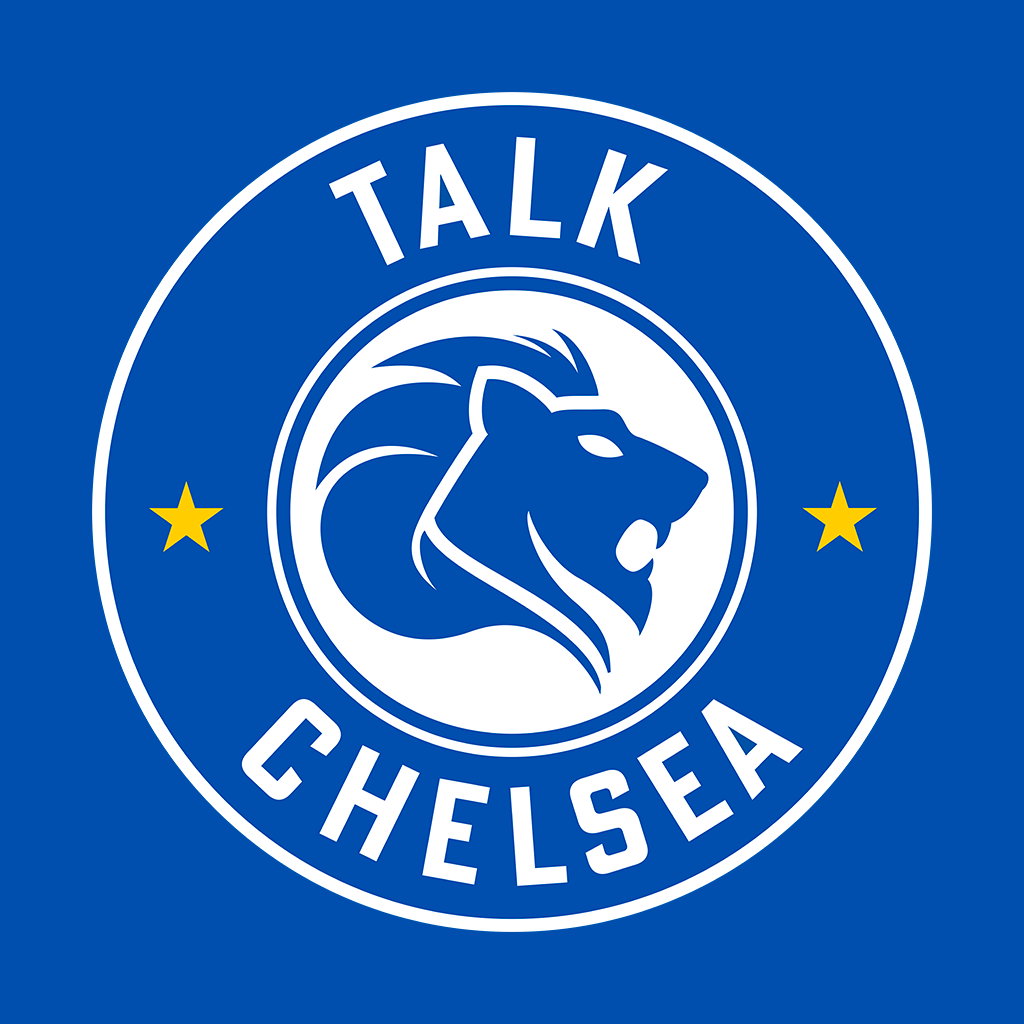
- 446.6k
- posts
-
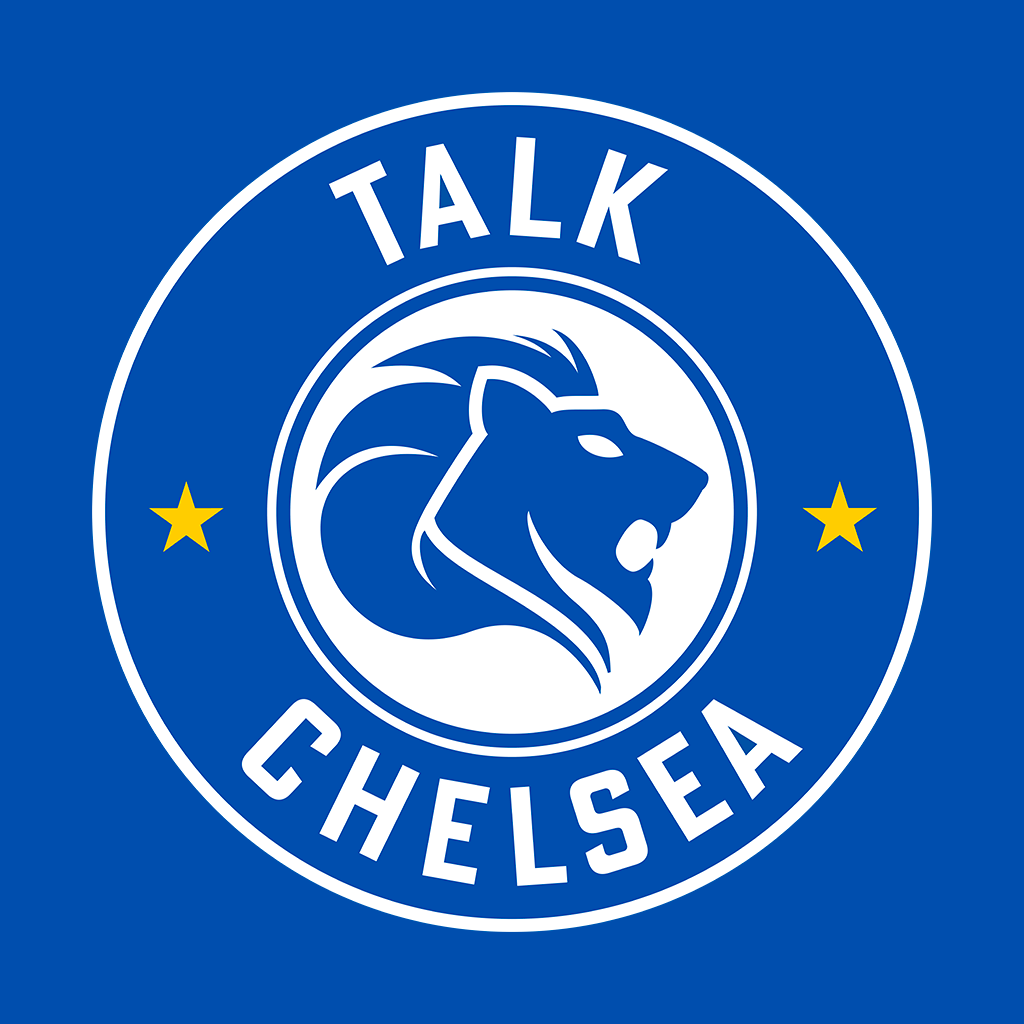
- 368.5k
- posts
-
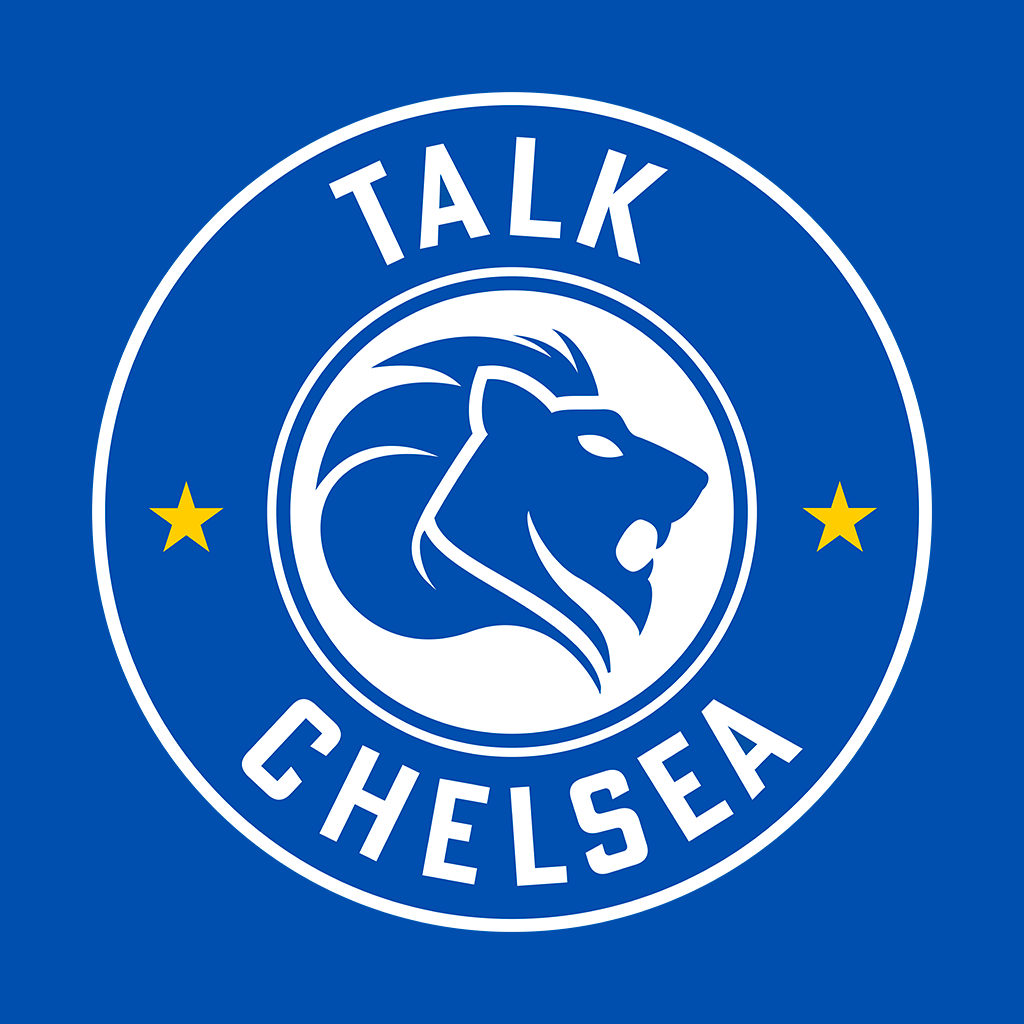
- 2k
- posts
-

- 9k
- posts
-
-
Community
-
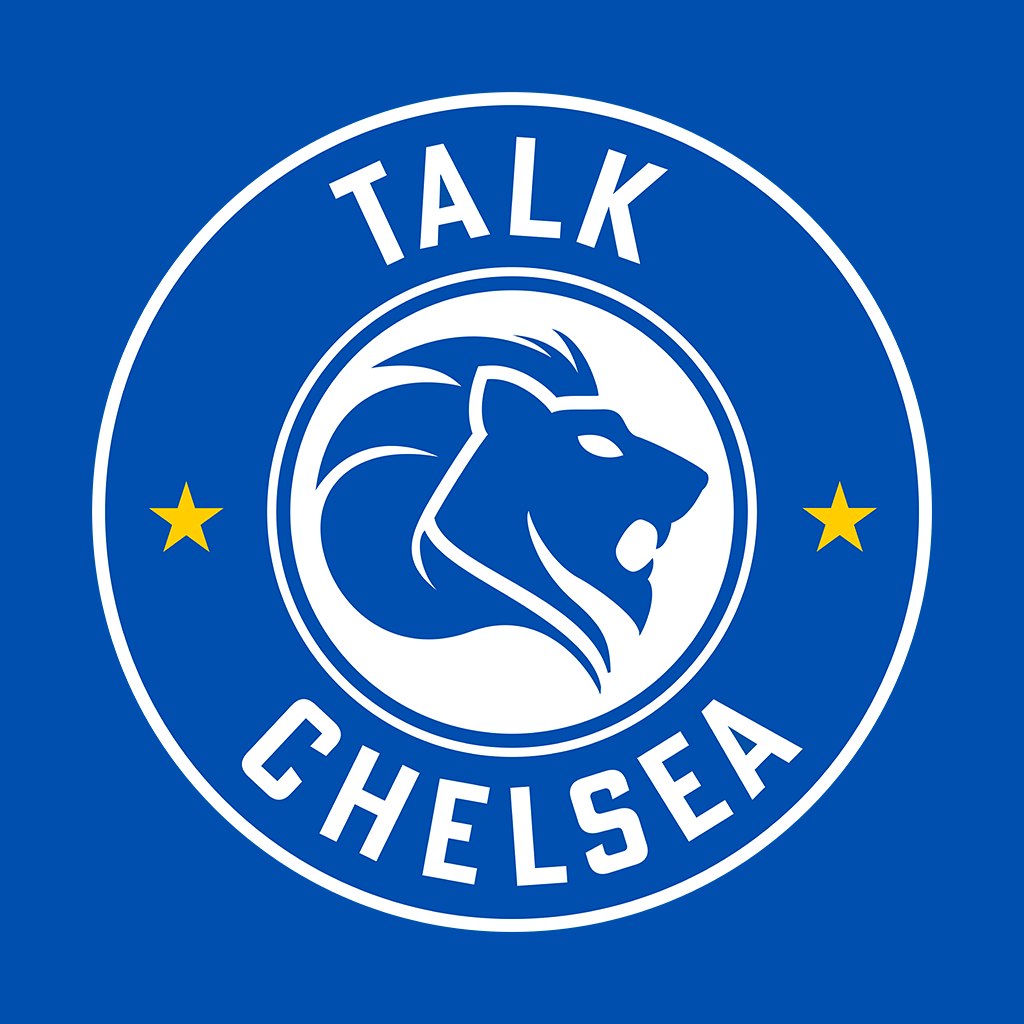
- 96.8k
- posts
-
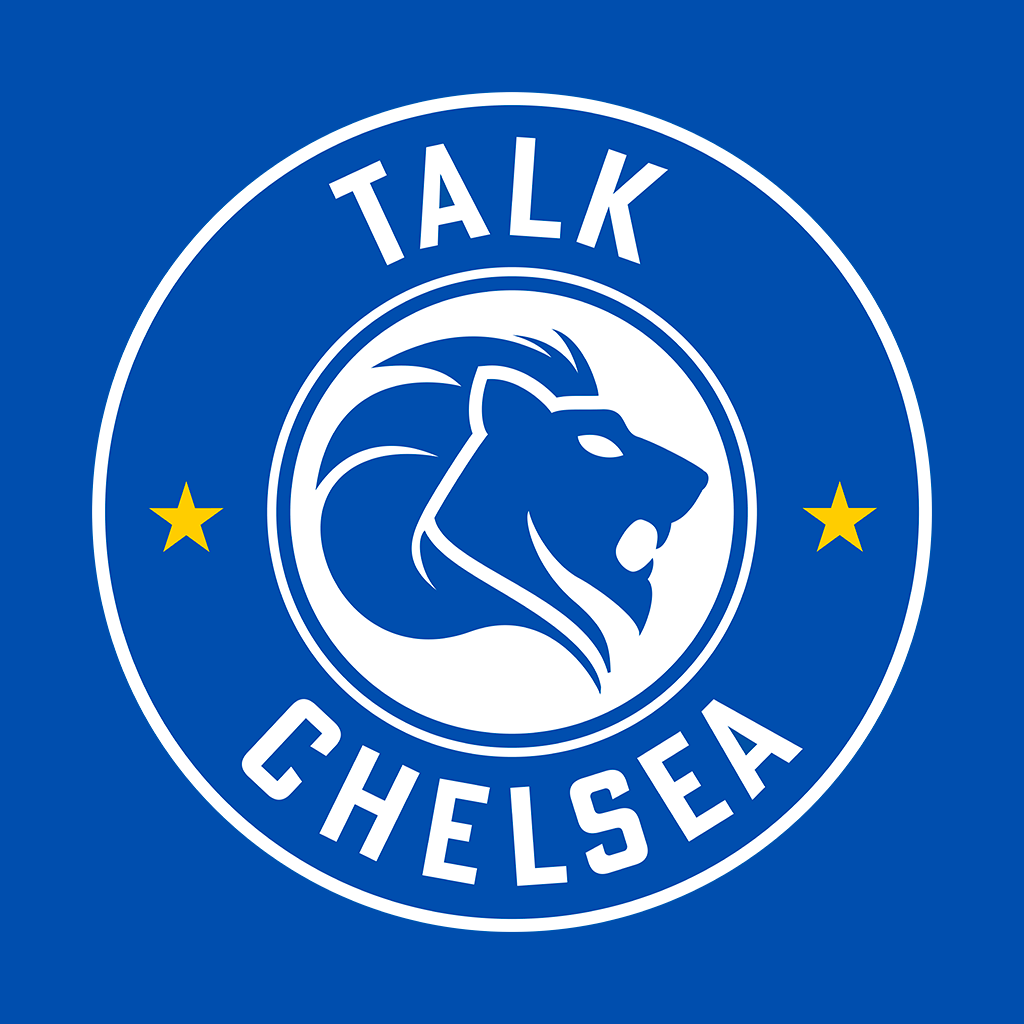
- 222.9k
- posts
-
-
Chelsea Fans Online 19 Members, 510 Guests (Full)
-
Forum Statistics
-



